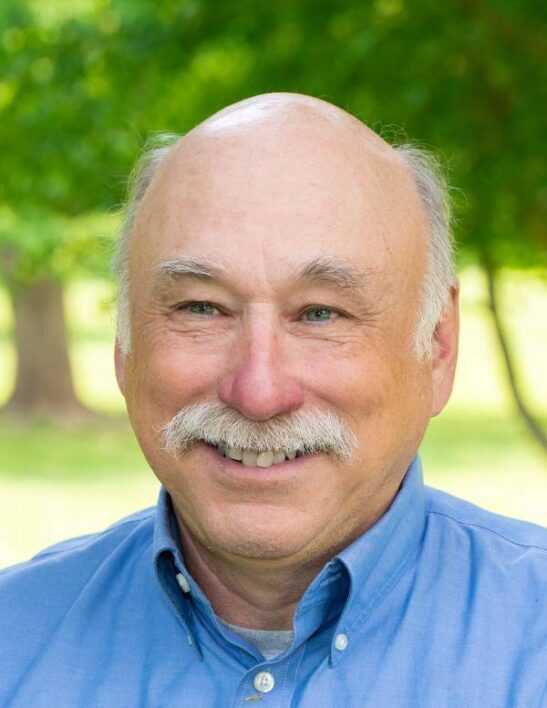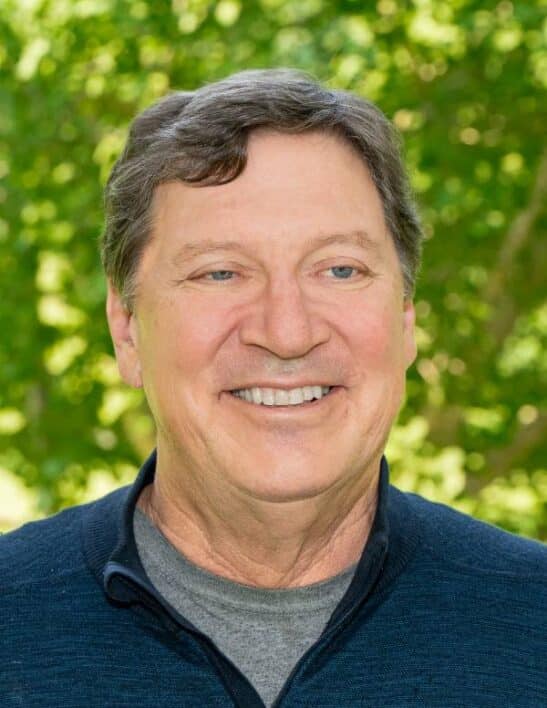The Regulatory Assistance Project (RAP) recently called for a fresh look at standby rates for combined heat and power (CHP) systems, and demonstrated how poorly-designed standby rates can impede the adoption of CHP resources, while well-designed rates can encourage these efficient, clean resources.
During a webinar on June 27, 2014 Christine Brinker, Director of the U.S. Department of Energy (DOE) Southwest Combined Heat and Power Technical Assistance Partnership (CHP TAP) joined RAP to take a deeper look at utility standby rates for CHP. RAP’s Carl Linvill and Rich Sedano provided insight on how standby rates for CHP can be structured to provide adequate financial protection to utilities, without creating disincentives to CHP adoption. The speakers also examined detailed case studies of standby rates in Colorado and Ohio, steps to improve rate design in these states and throughout the U.S., with the goal of encouraging deployment of cost-effective CHP resources, and how these lessons are replicable in other states.
The webinar draws from RAP’s publication “Standby Rates for Combined Heat and Power Systems.”



